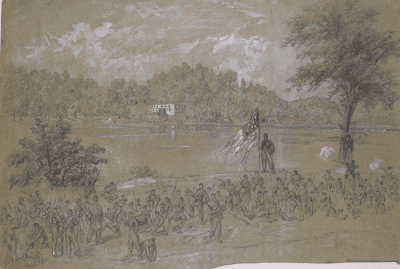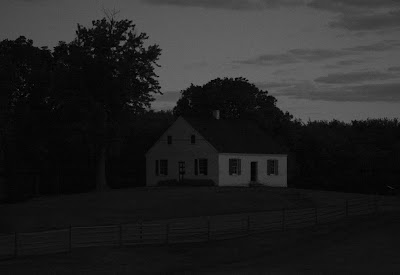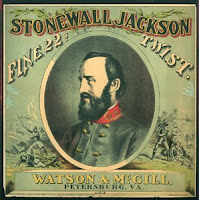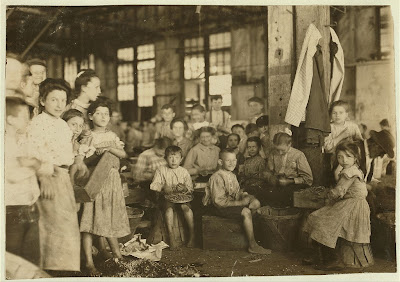MOUNT PLEASANT, South Carolina (NBC) The Patriots Point Naval and Maritime Museum, a popular tourist spot in South Carolina's Charleston Harbor, is facing the same challenge as other U.S. Navy ship museums: keeping retired, once-storied warships afloat.
Its World War Two destroyer, the USS Laffey, just had a nearly $13 million restoration. The almost 70-year-old World War Two aircraft carrier, the USS Yorktown, will need eventual repairs at a cost of tens of millions of dollars.
The USS Clamagore, a 1945 submarine at a dock nearby, could roll over in the next hurricane without extensive work to shore up its hull. While a veterans' group tries to raise enough money to save the sub, museum officials are making plans to have it towed to sea and turned into an artificial reef. Continued
Photo: SS John W. Brown on the Great Lakes in 2000. John W. Brown is one of only two surviving World War II Liberty Ships, the other being the SS Jeremiah O'Brien. (Wikipedia)

















































